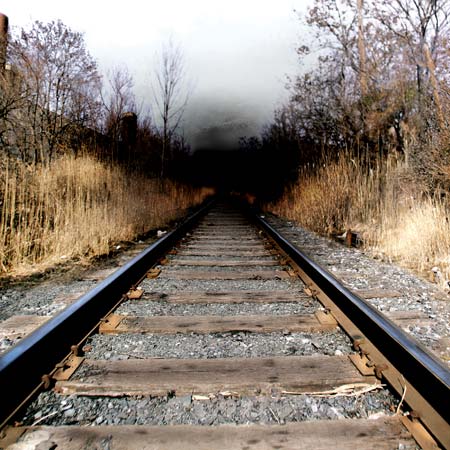The Waste Land: first part in a collaborative series called “The Abandoned City”

This story, a partnership between City Paper and PlanPhilly, is the first of a series – “The Abandoned City” – about vacant and abandoned city land, funded in part by a grant from J-Lab: The Institute for Interactive Journalism.
By Isaiah Thompson and Anthony Campisi
Of the many, many terrible things that have happened to Theresa Lugo in front of her house, getting stuck in the foot with a used syringe is not, if you can believe it, the worst — although that was bad.
She was loading the kids into the car for a trip to the beach, and had put on flip-flops: “The needle went right through my heel,” she recalls. Lugo now makes regular visits to a doctor for tests. So far, they’ve come back negative. “I never touched a drug in my life,” she muses, “and now I have to deal with this.”
That’s not all she and the other residents of the 300 block of Tusculum in Kensington have had to deal with — not by a long shot. In an already-rough area (the drug-ridden neighborhood is, among other things, the murder capital of the city), their block, a small row of tidy, owner-occupied houses, stands out.
Drug dealers, junkies and prostitutes roam the street at all hours. Ambulances arrive daily, if not more often, to retrieve the living or dead bodies of people who have overdosed. The sounds of beatings — and, sometimes, pleas for help — wake residents up at night.
The people on the block can point to a single, unique source of their misery: an old, mostly defunct railroad bed that passes their houses just below street level — just, that is, out of sight, winding its way through the roughest neighborhoods in the city like a kind of dry driver of drugs, prostitution, violence, murder and crime.
Their little street happens to be a major access point, and the access couldn’t be easier: The only barrier between this wild swath and their front porches is an ancient, crumbling iron fence, wide open or just plain missing in several spots on their block alone.
WHYY is your source for fact-based, in-depth journalism and information. As a nonprofit organization, we rely on financial support from readers like you. Please give today.






